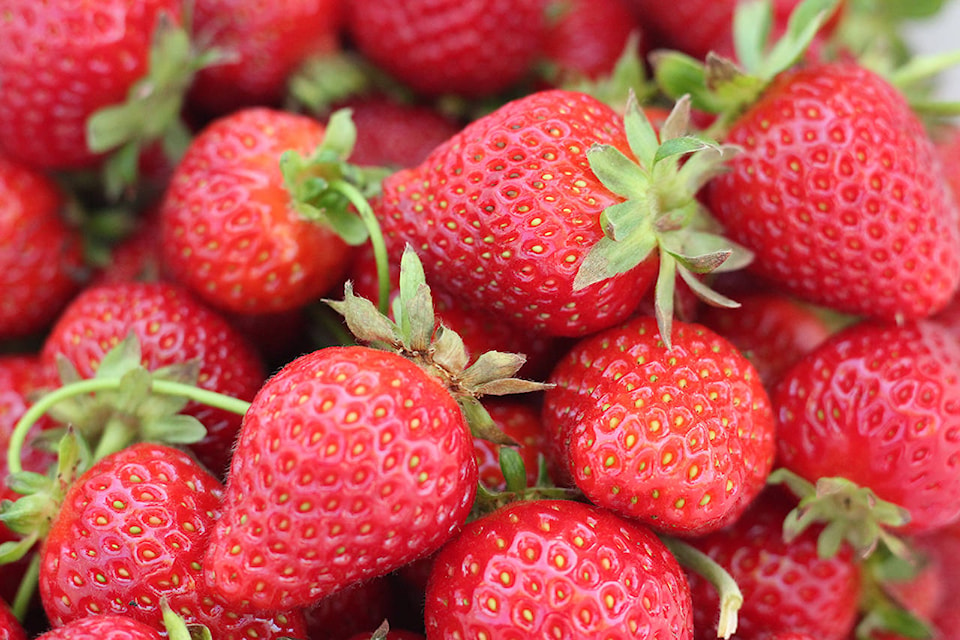Although local farms might be best known for their dairy and corn, Agassiz also has a special place in the history of the commercial stawberry industry.
In late ’60s and early ’70s, strawberries were succumbing to red stele, a disease that causes plant roots to rot from the root tip to the crown, and commercial strawberry farmers needed a solution.
Hugh Daubeny, a plant breeder at the Agassiz Research and Development Centre, found it. He developed the Totem strawberry, a variety that was resistant to the virulant disease.
Within five years, the Totem strawberry became the the dominant strawberry for commercial growers, and was produced by farmers around the world. Recently, the variety was all-but retired as it is no longer resistant to the new strains of red stele.
RELATED: Strawberry season starts in Lower Mainland
(Some of Daubeny’s plants are still grown by farmers to this day, although not on the same scale.)
Although Daubeny’s strawberry is perhaps the most popular Agassiz-developed strawberry, it’s not the only variety to come out of the Agassiz Research and Development Centre.
Jack Freeman, another plant breeder at the Centre, also developed a commercial strawberry variety: the Agassiz strawberry. It never took off in the same way as the Daubeny’s berry.
For a long time the strawberry was grown at Freeman’s home, but wasn’t maintained after he left the house. It’s not clear if any Agassiz strawberries still exist.
Want to see more stories from Homegrown? Check them out here.
grace.kennedy@ahobserver.com
Like us on Facebook and follow us on Twitter
